The $$$ Drain No One Talks About: Candidate Dropouts & How TA Fixes Them

Ask any HR leader or Talent Acquisition (TA) professional what keeps them up at night, and you’ll hear a familiar story:
A candidate makes it through sourcing, resumes are reviewed, interviews are scheduled, and the team is aligned, and then the candidate drops out.
This is more than just a frustration. It’s a hidden financial drain. Every dropout means wasted recruiter hours, delayed projects, frustrated hiring managers, and the possibility of losing top talent to competitors.
But here’s the truth: candidate dropouts aren’t random. They’re preventable. And TA leaders, especially when supported by generative AI (GenAI), are uniquely positioned to fix them.
Why Candidates Drop Out
◉ Communication failure is a major factor. 65% of candidates say they don’t receive consistent updates during the recruitment process. Nearly half of the candidates say poor communication causes them to withdraw. JobScore
◉ Slow or delayed feedback & process delays cost: in one study, 48% of candidates declined offers due to slow feedback after final interviews. Jobtwine
◉ Assessment/screening fatigue: Modern Hire research shows that more than half of candidate dropout occurs in the first 5–10 minutes of assessments. TecHR+1
◉ Recruitment difficulties & ghosting: SHRM 2025 data says 41% of organizations report that candidates “ghost” them during the interview process. SHRM+1
.png)
If you’re an HR or TA leader, you know this isn’t just about candidates “losing interest.” It’s about how your hiring process feels from the other side.
A Story Every HR Team Can Relate To
A mid-sized organization recently realized that nearly 4 in 10 candidates were dropping out of their pipeline. At first, HR assumed the issue was competition. But a closer look revealed deeper problems:
◉ Candidates were waiting weeks for feedback.
◉ Job descriptions were generic, offering little clarity about growth.
◉ Communication was reactive; updates only came when candidates chased them.
The TA team acted fast:
◉ Introduced GenAI-powered role-specific assessments, reducing interview rounds by 30%.
◉ Enforced a 48-hour feedback rule, supported by automated candidate communication.
◉ Launched personalized pre-onboarding engagement, giving candidates a glimpse of culture.
The impact? Dropouts fell from 42% to 12%, and acceptance rates rose 22% in just six months.
How TA & HR Can Reduce Dropouts (with GenAI as a Partner)
Here are five proven strategies every TA or HR leader should consider:
1. Streamline Assessments
◉ Without GenAI: Long, generic tests frustrate candidates.
◉ With GenAI: Generate role-specific, adaptive challenges that are shorter, relevant, and engaging. Candidates feel respected and evaluated fairly.
2. Communicate Proactively
◉ Without GenAI, recruiters struggle to update every candidate quickly.
◉ With GenAI: AI-driven assistants send personalized, real-time updates, reducing anxiety and keeping candidates engaged.
3. Create Clarity Early
◉ Without GenAI, job descriptions often stay vague.
◉ With GenAI: Generate personalized job previews that show growth paths, responsibilities, and even skill gaps, helping candidates visualize their future.
4. Accelerate Decision-Making
◉ Without Gen AI: hiring managers spend days compiling notes.
◉ With GenAI: Automated summaries of interviews and assessments give TA teams faster insights, cutting time-to-decision by up to 40%.
5. Engage Beyond Interviews
◉ Without Gen AI: Engagement is limited to recruiter emails.
◉ With GenAI: Create custom pre-boarding journeys, introducing candidates to culture, team values, and learning opportunities before they even join.
Why This Matters for TA & HR Leaders
Reducing candidate dropouts isn’t just a recruiter’s problem; it’s an HR strategy issue. When dropouts fall, organizations see:
.png)
And with GenAI, these outcomes can scale across hundreds or thousands of candidates without requiring massive HR teams.
Final Takeaway
For HR and TA leaders, reducing candidate dropouts is about more than efficiency; it’s about impact. Each dropout avoided saves money, protects timelines, and strengthens the employer brand.
Generative AI doesn’t replace human recruiters. Instead, it removes the friction:
◉ Automating repetitive tasks.
◉ Delivering personalized candidate experiences.
◉ Freeing TA teams to focus on building relationships.
The real win? A hiring journey where candidates feel valued, recruiters feel empowered, and organizations stop leaking $$$ through silent dropouts.
What to read next
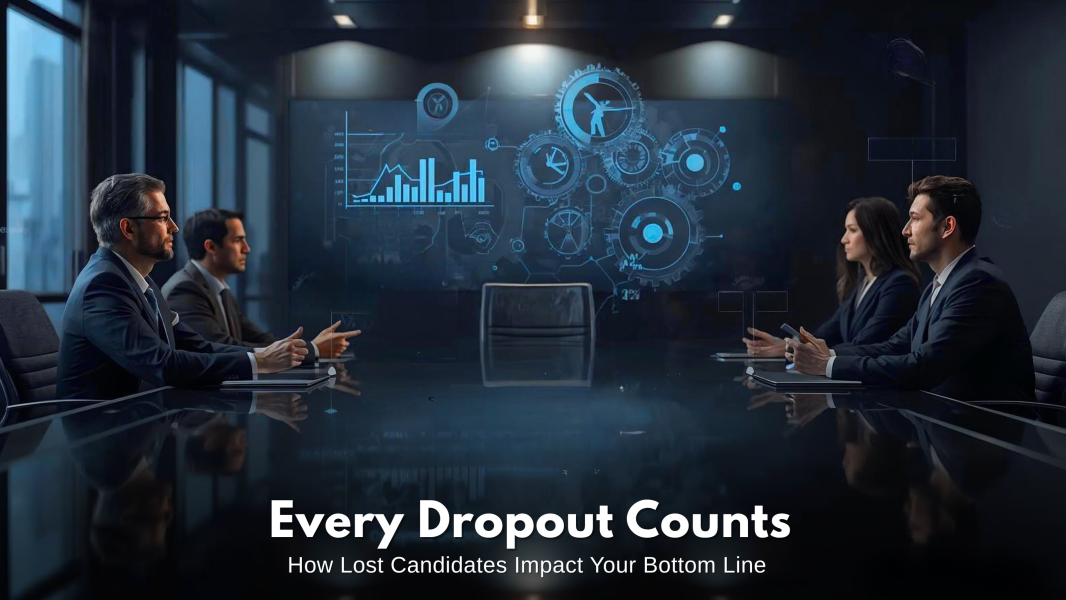


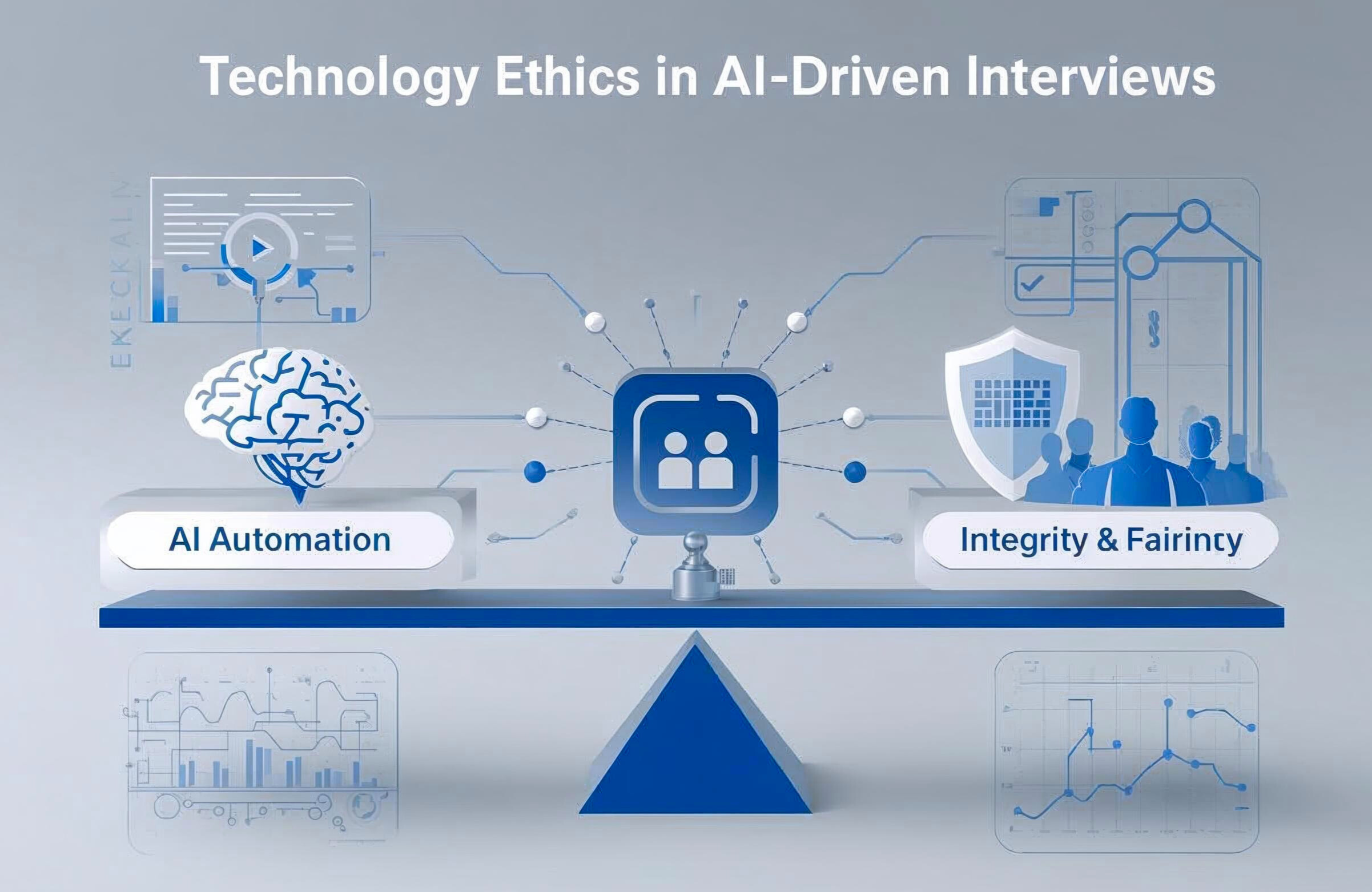
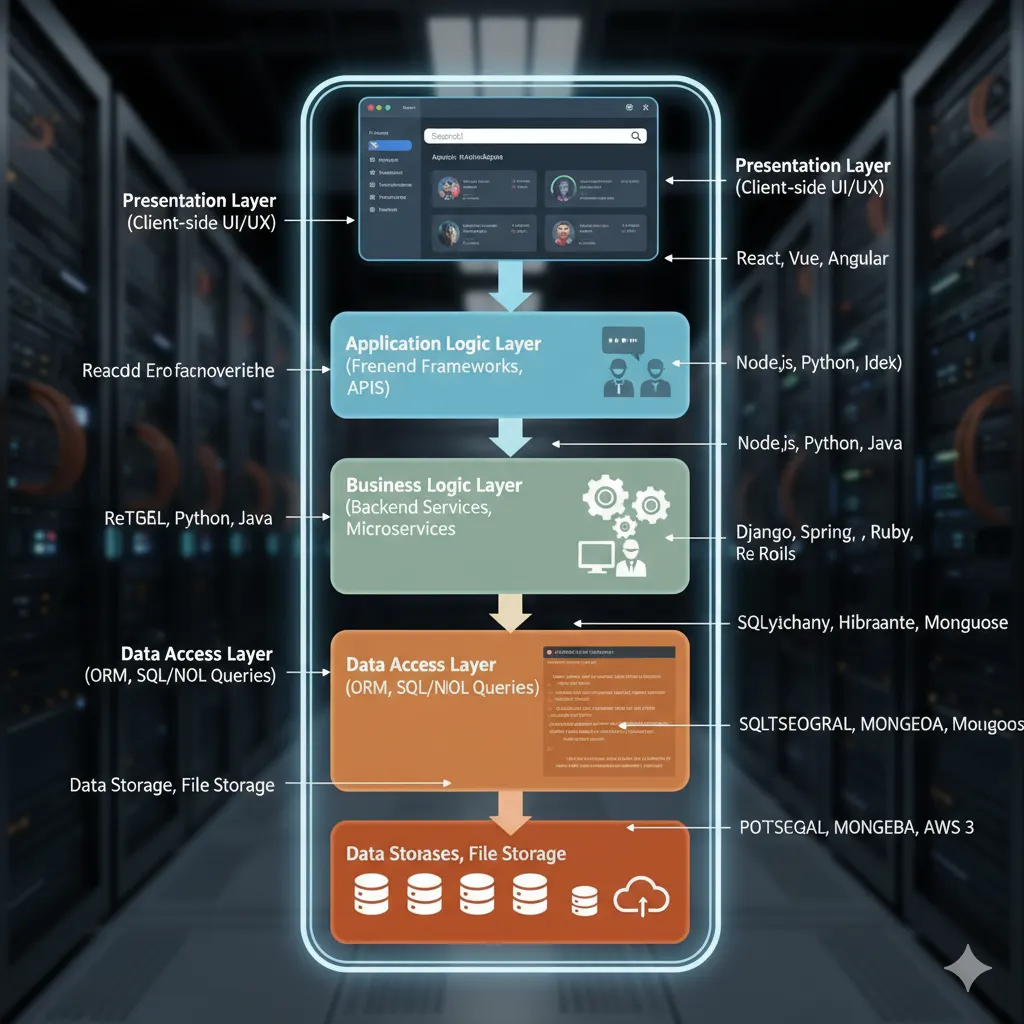
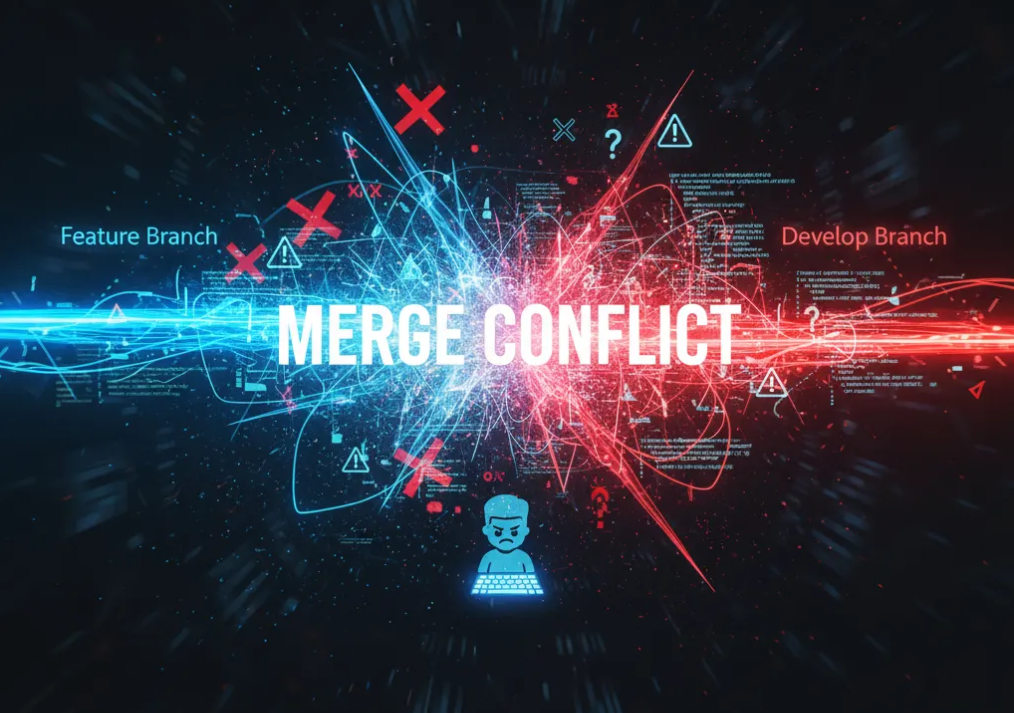
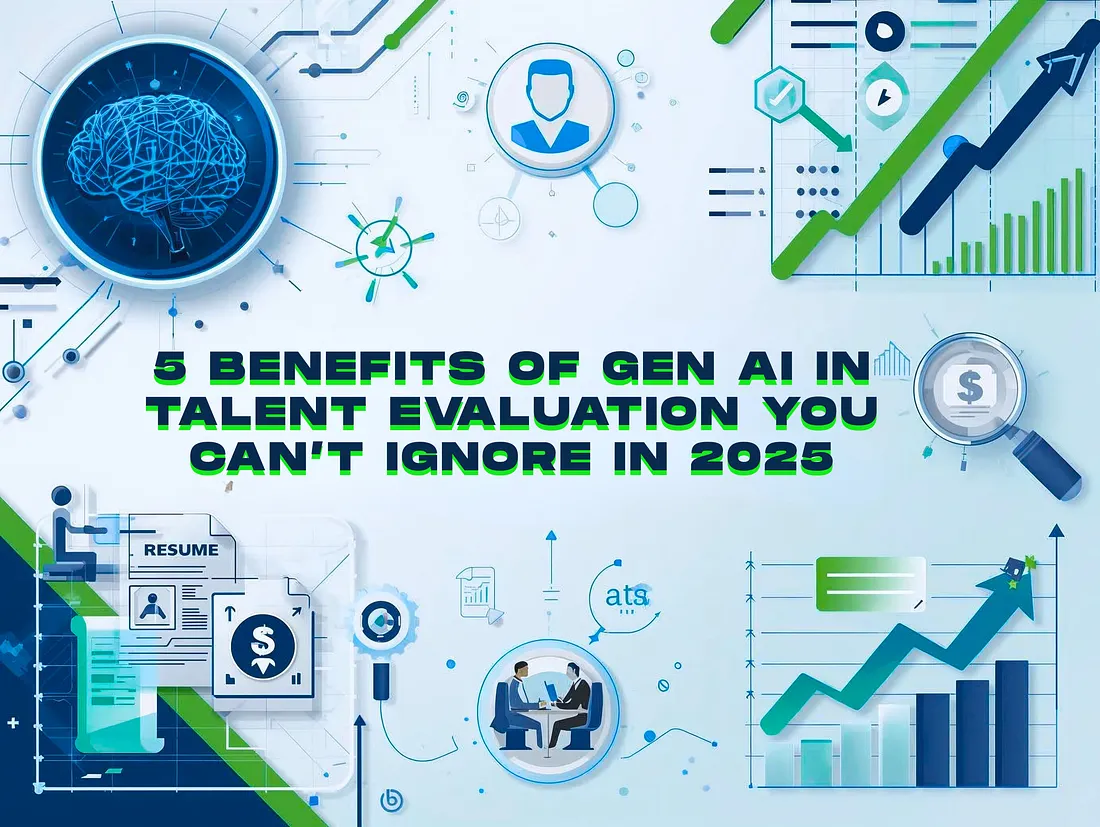


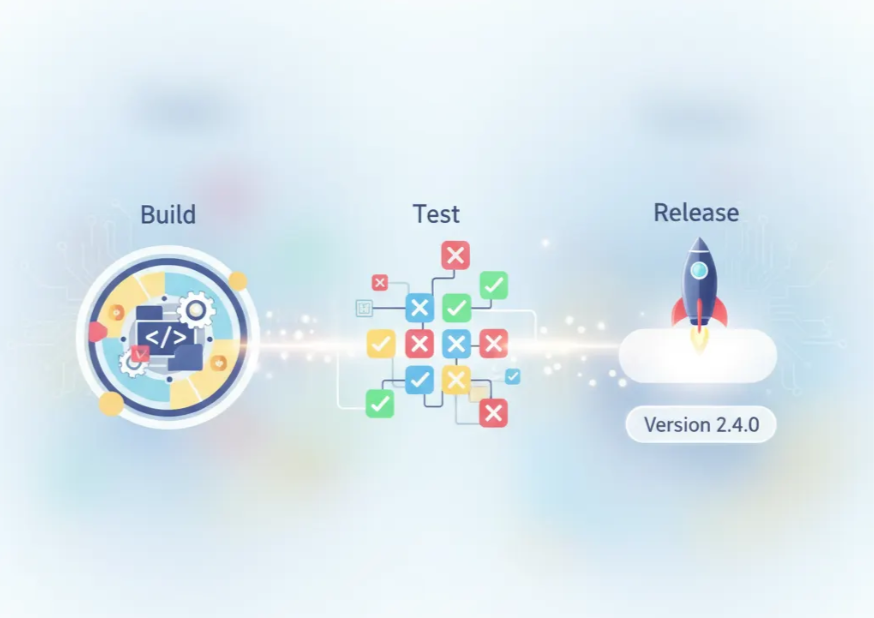
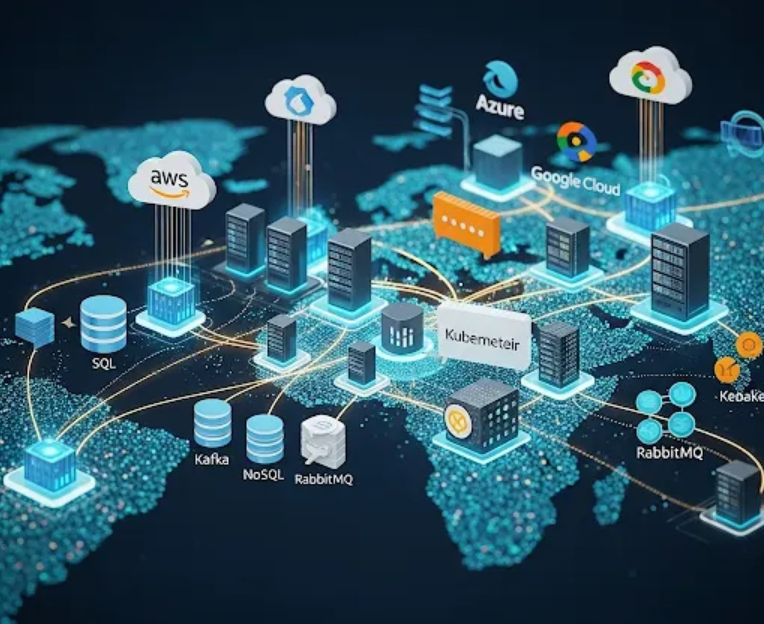

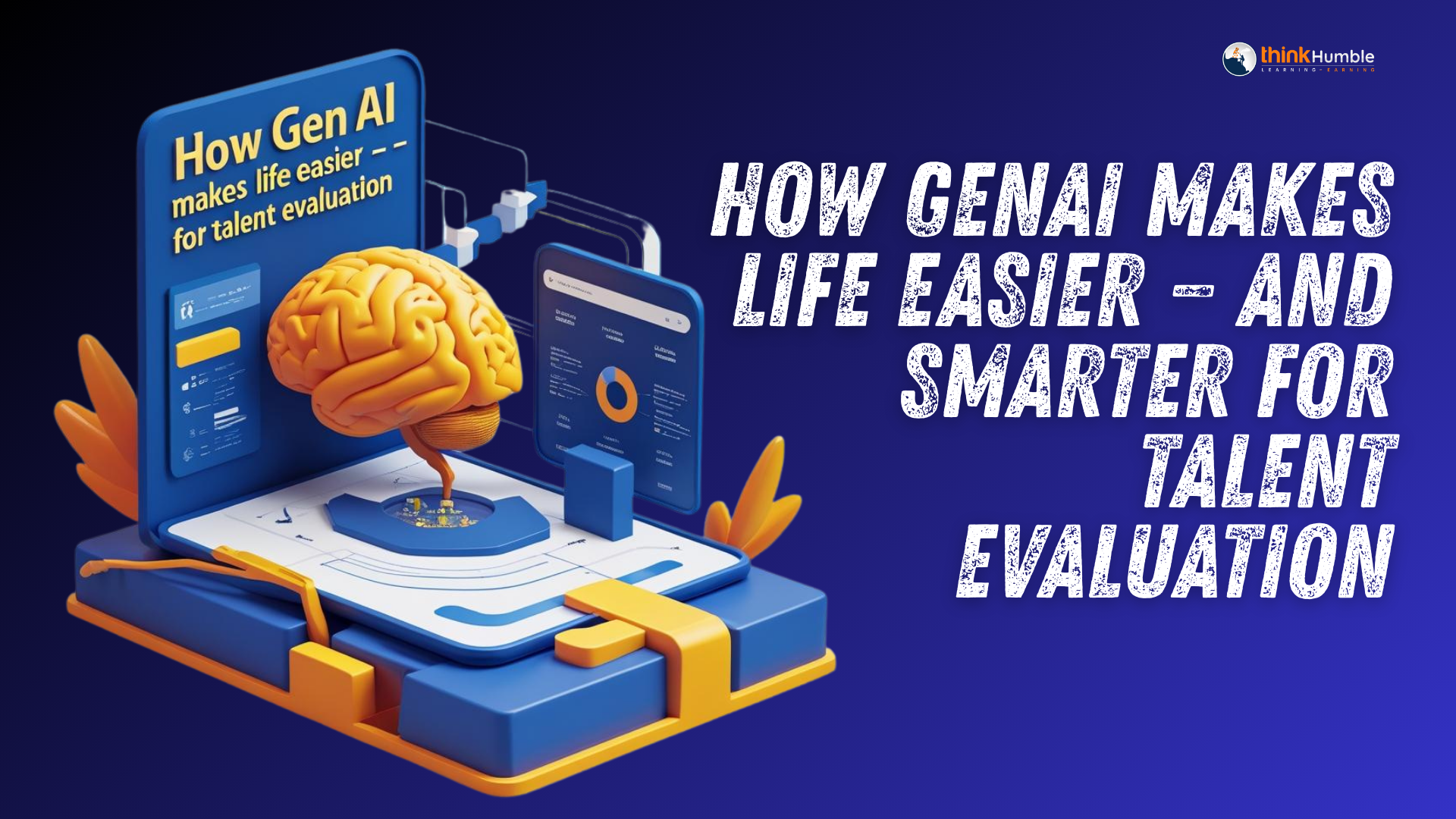
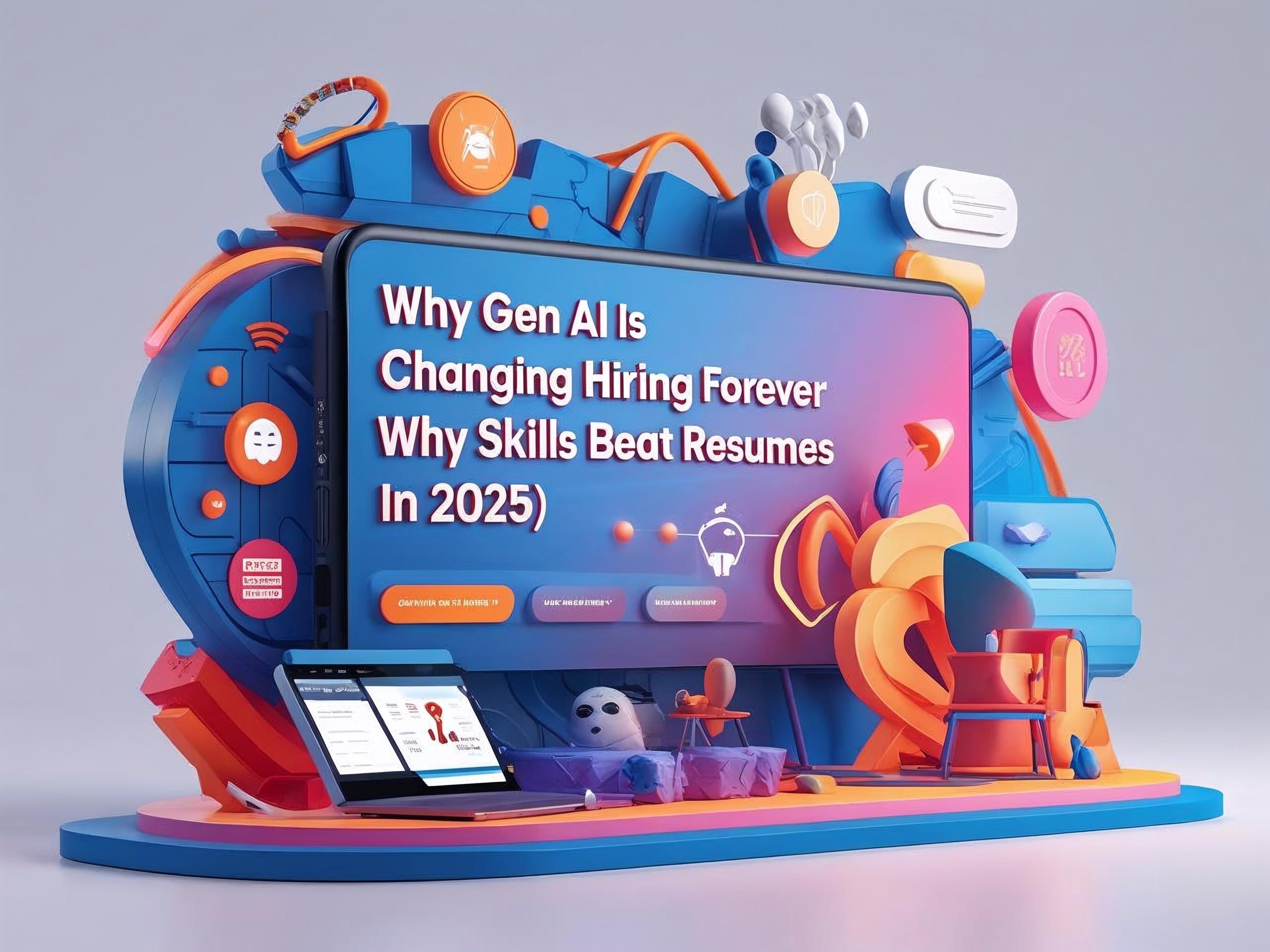

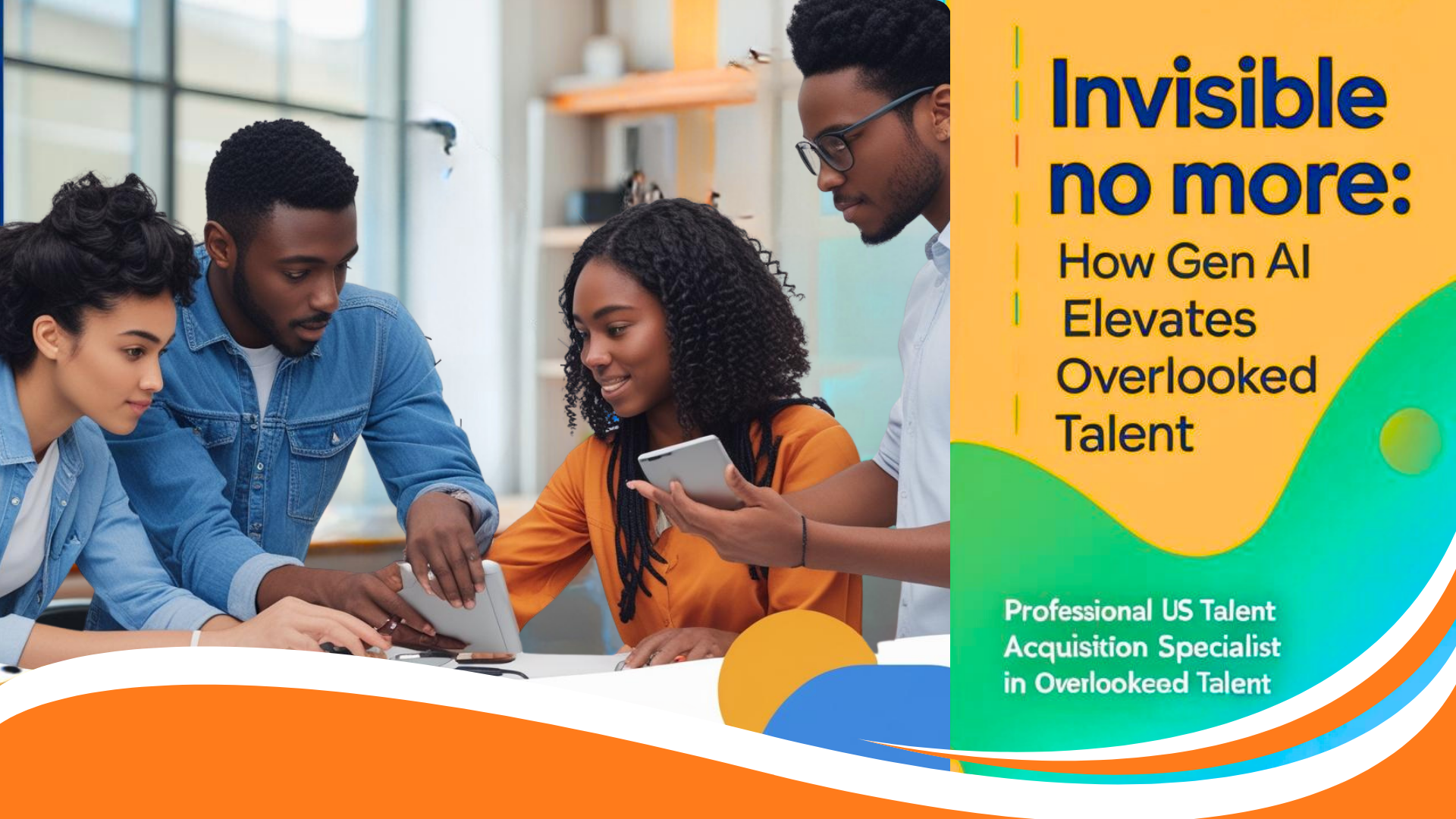
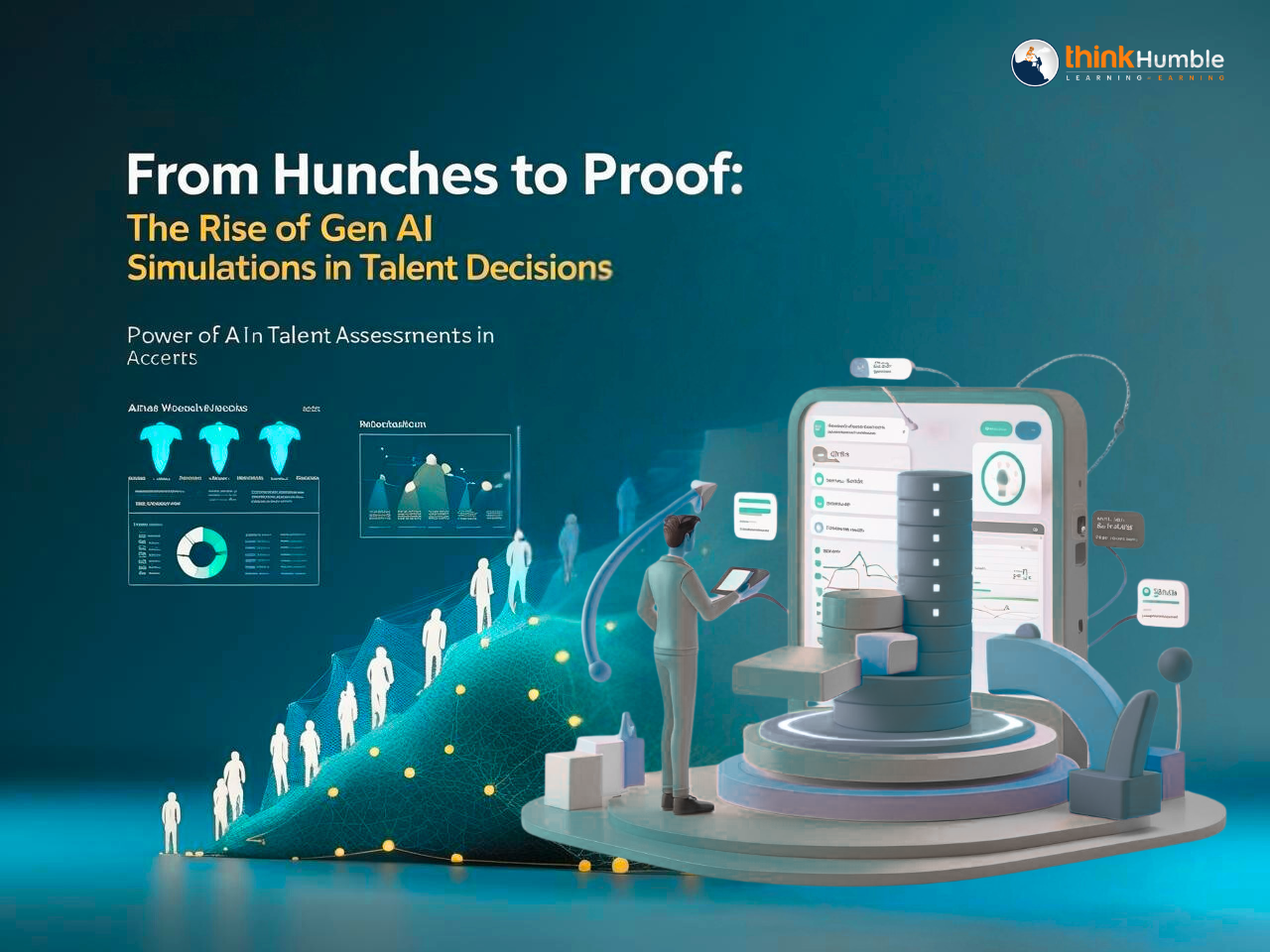
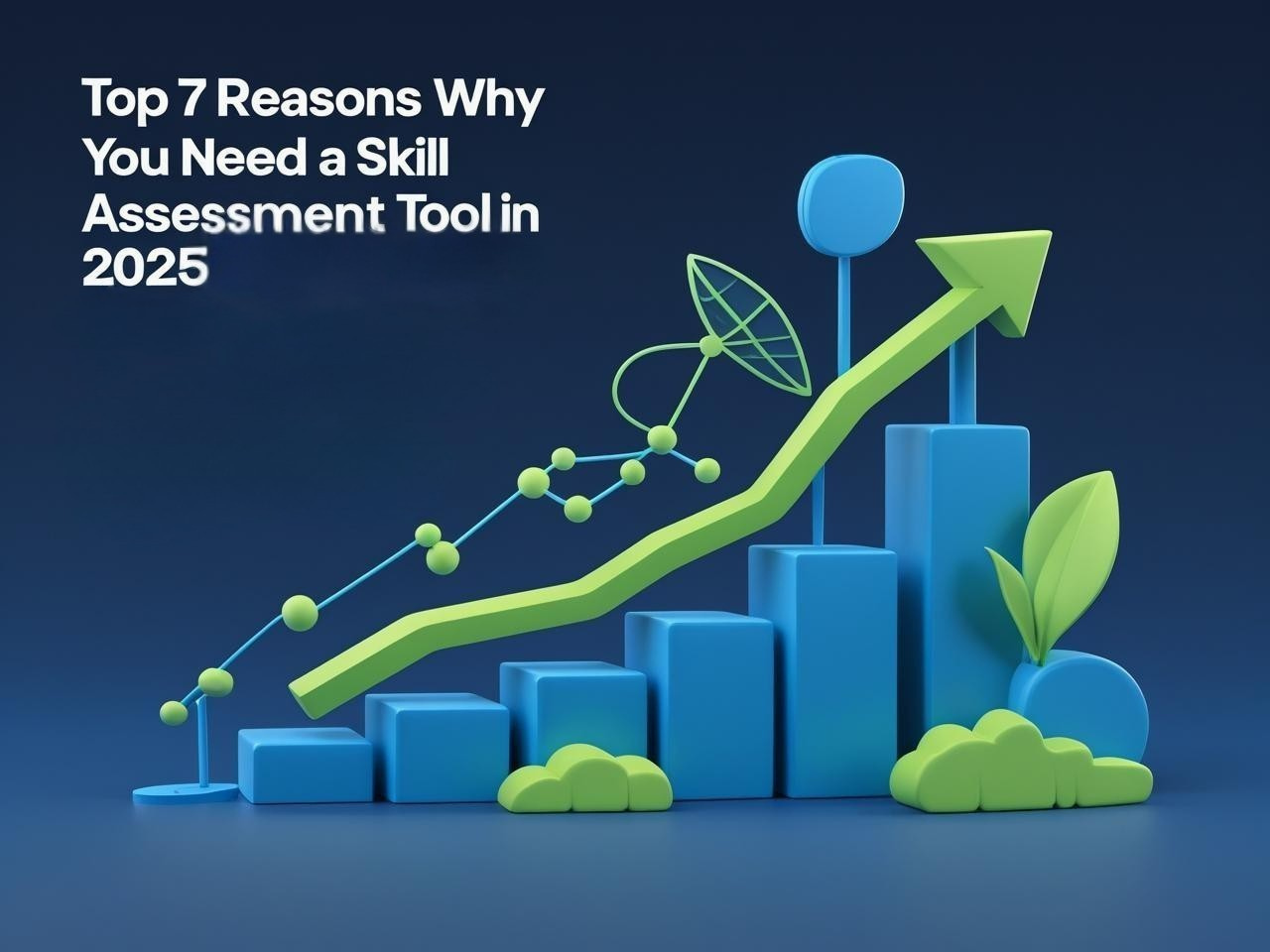
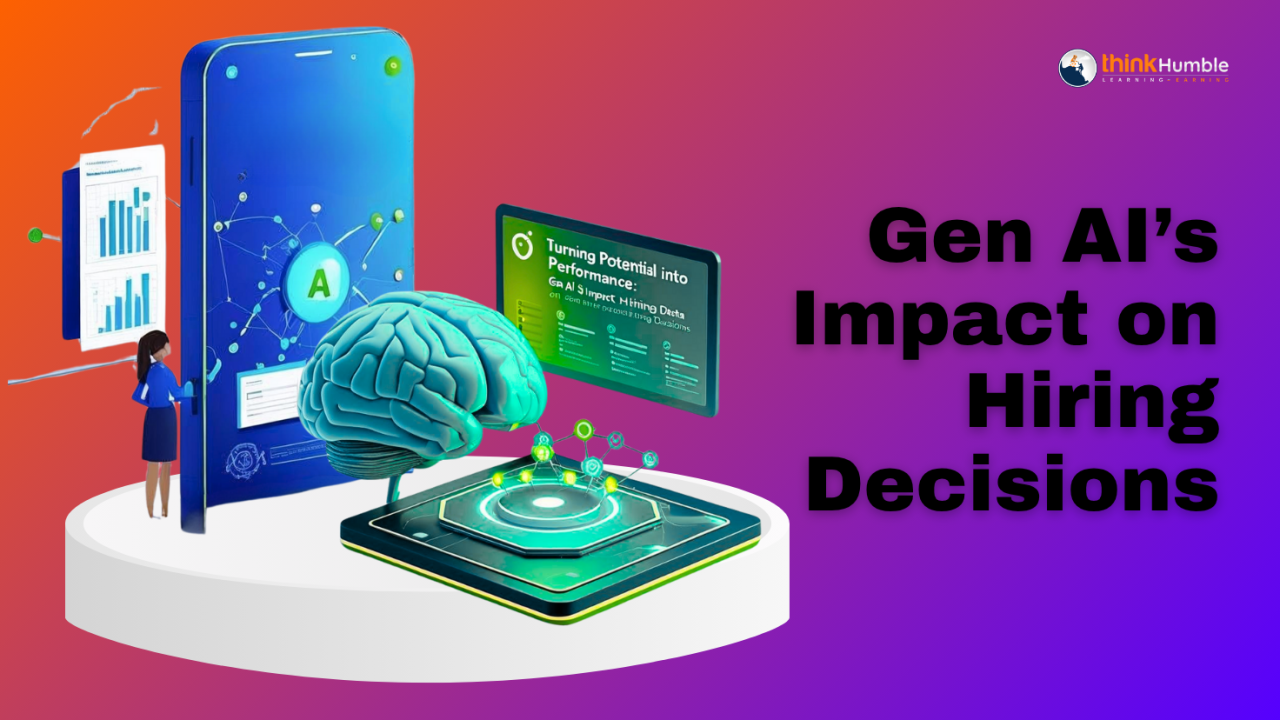
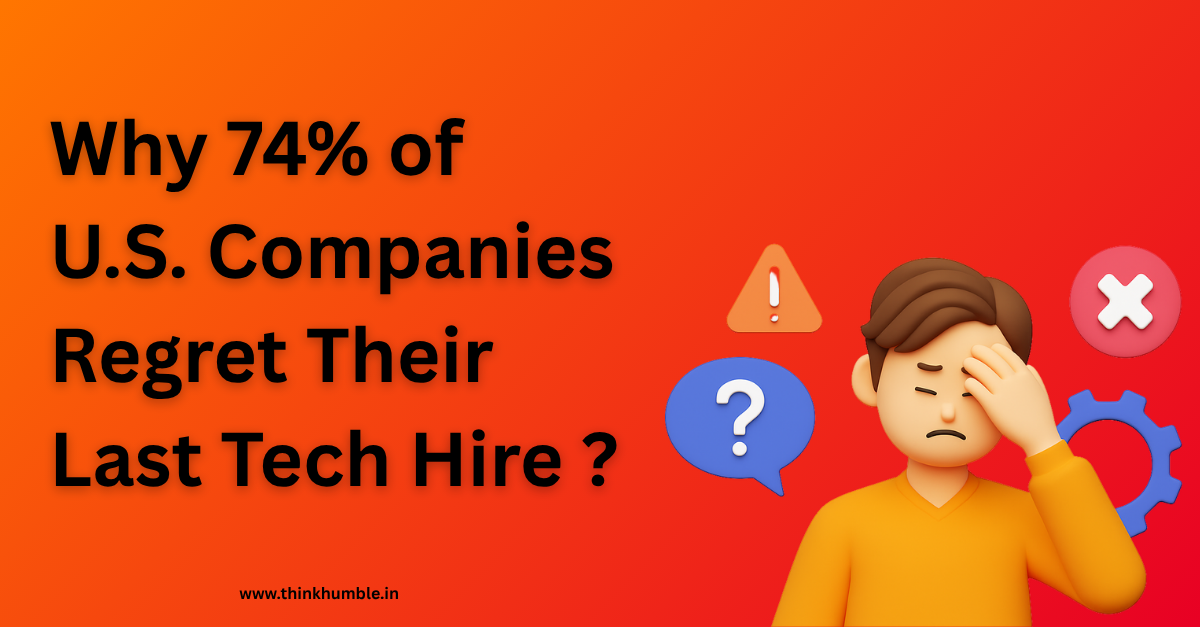
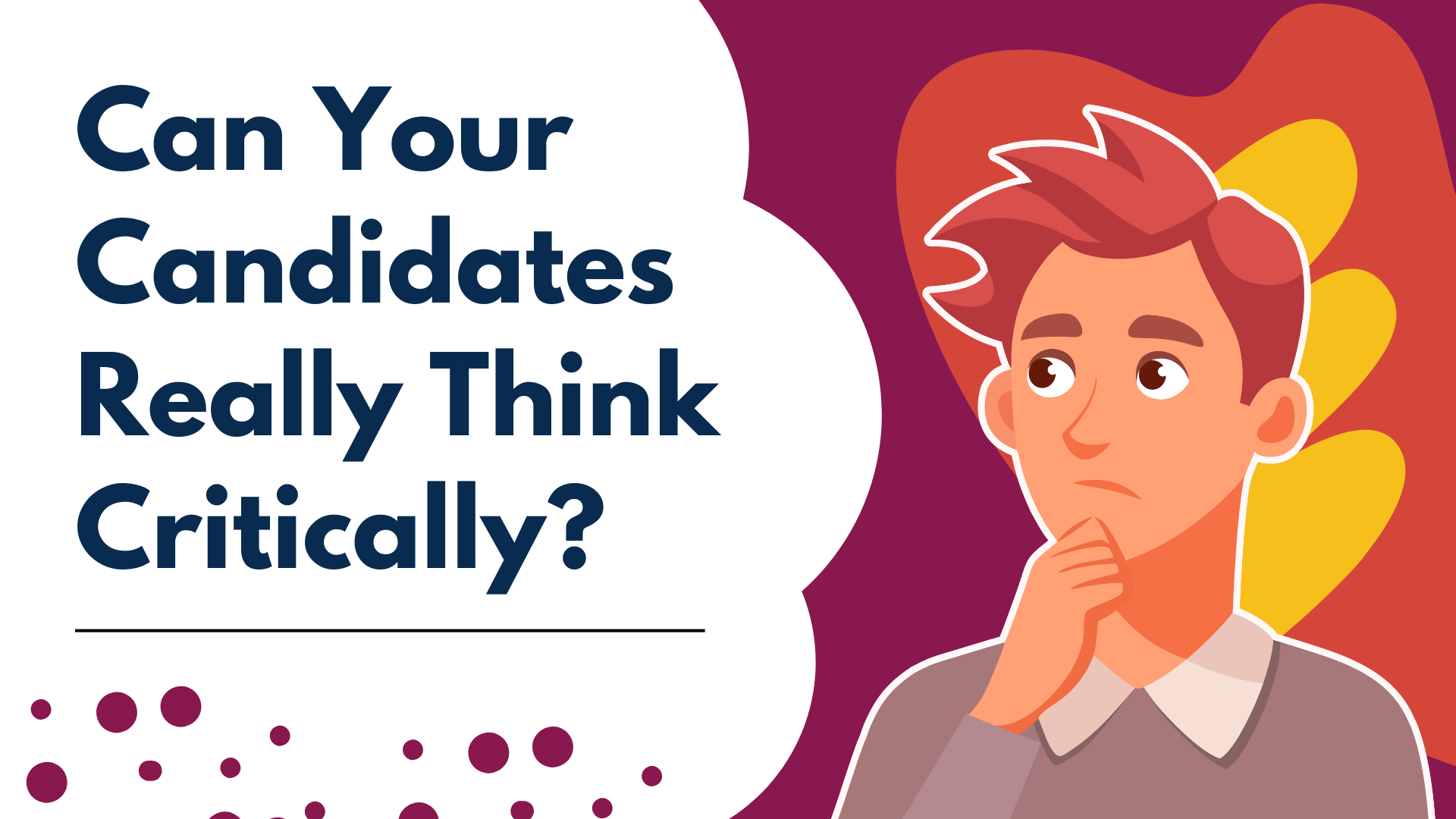
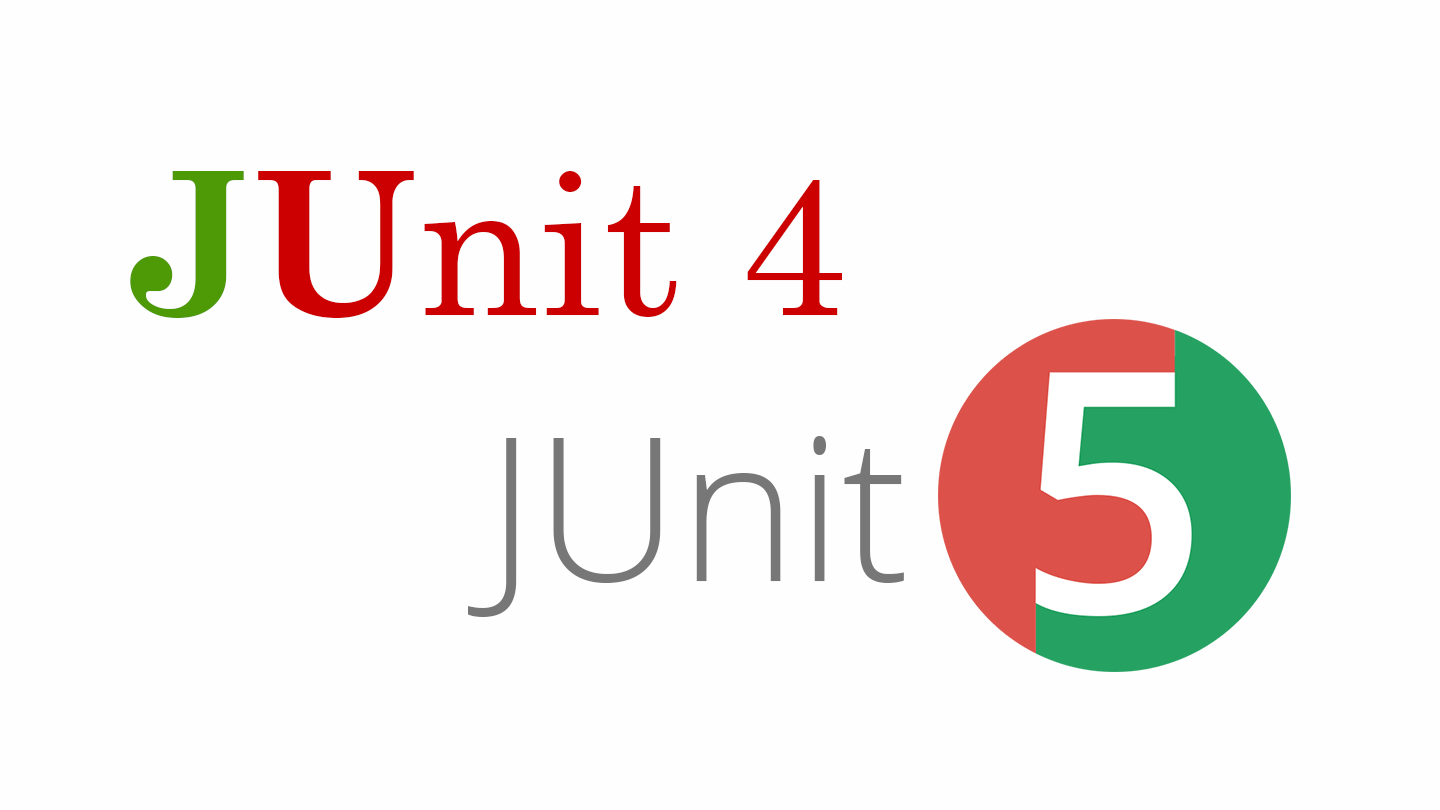
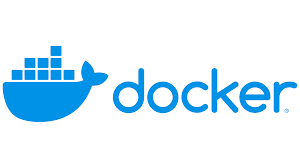
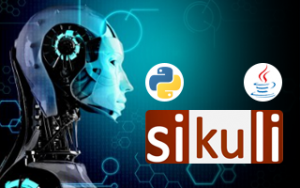
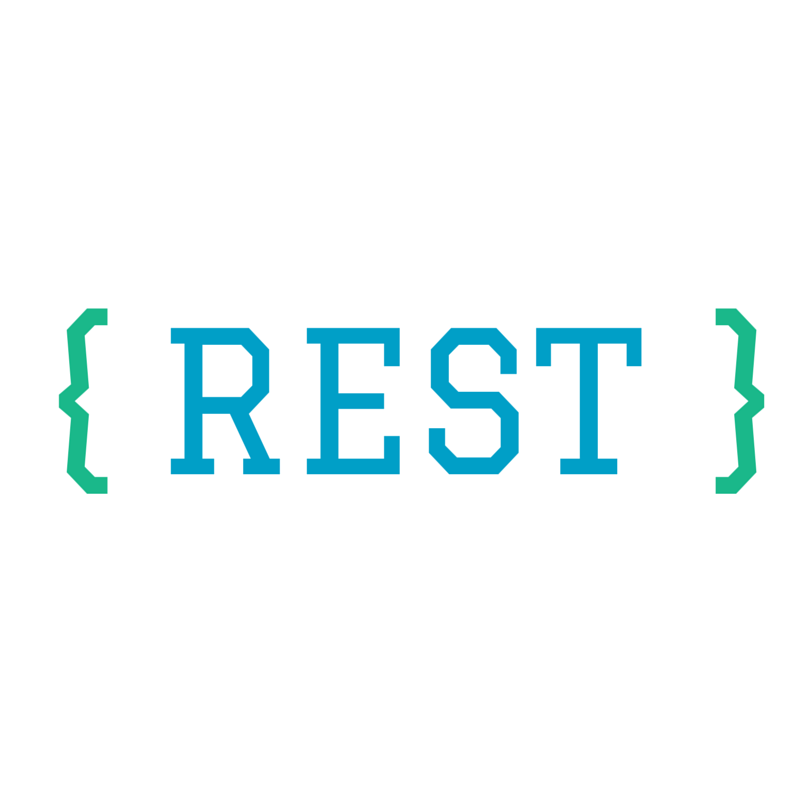
The Candidate Dropout Problem You Didn’t Know About.